Dried Coriander: From Kitchen Staple to Spice Cabinet Superstar
Introduction: The Unsung Hero of the Spice Rack
Let’s talk about a spice that’s quietly sitting in your pantry right now — probably unopened for months — yet holds the power to transform dishes from bland to brilliant. That unsung hero? Dried coriander.
No, not the fresh cilantro you either love or loathe. We’re talking about the seed version of this plant — round, earthy, and quietly complex. It’s been around since ancient times, used by Egyptians, Romans, and cooks across South Asia and Latin America. But somehow, it doesn’t get the street cred it deserves.
In this post, we’ll explore what makes dried coriander tick, how to use it like a pro, and why you should be reaching for it more often. Buckle up — your spice game is about to level up.
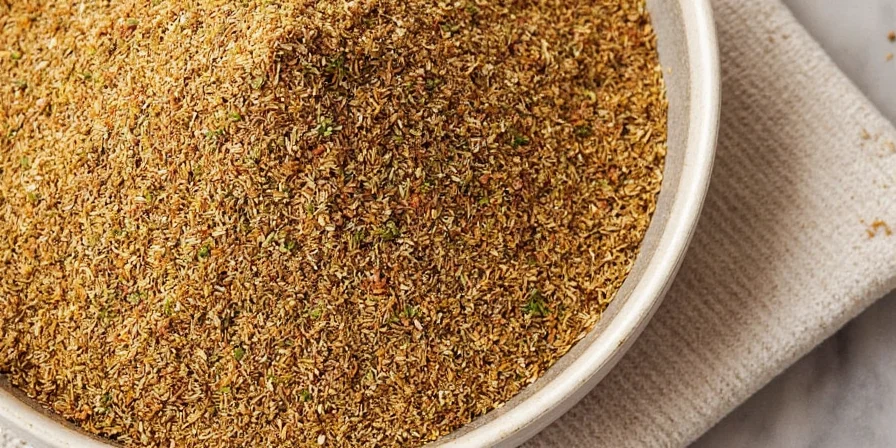
What Exactly Is Dried Coriander?
Dried coriander refers to the seeds of the Coriandrum sativum plant, which also produces the leafy herb known as cilantro. When left to mature, the plant develops clusters of tiny, round seeds that are harvested and dried to become the spice we know and love.
Unlike its polarizing leafy sibling, coriander seeds are universally approachable. Their flavor is warm, nutty, citrusy, and subtly sweet — a perfect bridge between floral and earthy notes.
The Flavor Profile: A Taste Tour
- Citrus Zest: Think lemon peel meets lime pith, but without the acidity.
- Nutty Base: Almond and hazelnut undertones give depth and richness.
- Warm Spices: Clove and cinnamon vibes, minus the intensity.
- Floral Hints: Like walking through a field of wildflowers after rain.
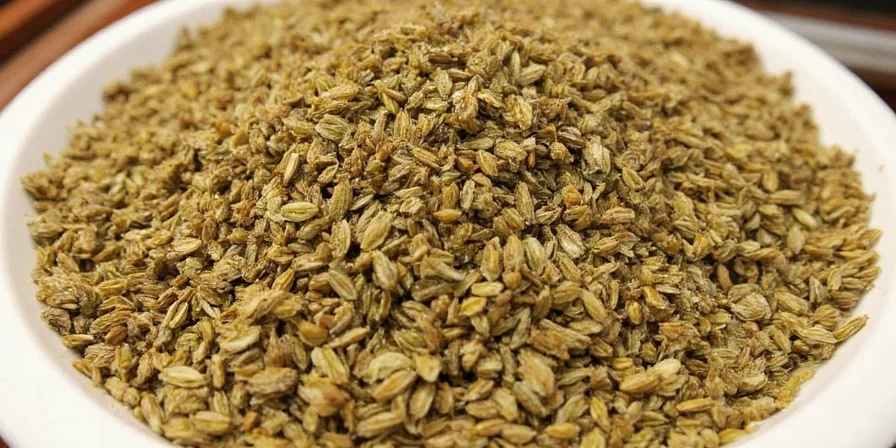
Top 5 Tips for Using Dried Coriander Like a Pro
1. Toast It First for Maximum Flavor
Dried coriander seeds are like a sleeper hit — they come alive when awakened. A quick toast in a dry pan brings out their oils and intensifies their flavor profile.
Pro Tip: Heat a skillet over medium heat. Add whole seeds and toast for 2–3 minutes, shaking the pan occasionally until fragrant. Cool, then crush or grind.
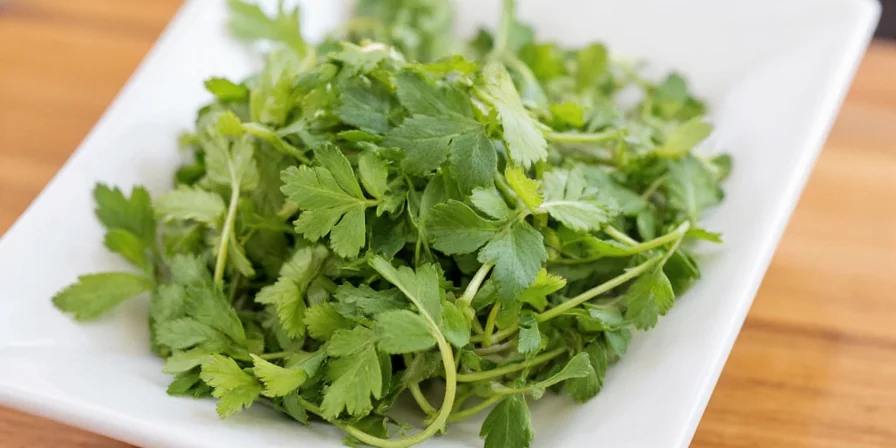
2. Grind It Fresh for Best Results
If you’re using ground coriander straight from the supermarket jar, you might be missing out. Pre-ground spices lose potency quickly. Grinding your own ensures maximum aroma and flavor.
| Form | Shelf Life | Flavor Intensity | Best Use |
|---|---|---|---|
| Whole Seeds | Up to 3 years | Mild until toasted | Curries, stews, pickles |
| Ground Coriander | 6–12 months | Strong, immediate flavor | Rub blends, spice mixes, bakes |
3. Pair It with Complementary Spices
Dried coriander plays well with others — think of it as the team captain of spice blends. Some classic duos include:
- Cumin + Coriander = Earthy Magic
- Turmeric + Coriander = Golden Warmth
- Fennel + Coriander = Sweet & Herbal Balance
This trio forms the backbone of many Indian, Middle Eastern, and Mexican spice blends like garam masala and adobo.
4. Don’t Forget the Sweet Side
Yes, dried coriander isn’t just for savory dishes! It has a subtle sweetness that shines in baked goods, especially gingerbread, spiced cakes, and even cookies.
Sweet Recipe Hack: Try adding a pinch of ground coriander to apple pie spice blends or pumpkin bread batter for an unexpected twist.
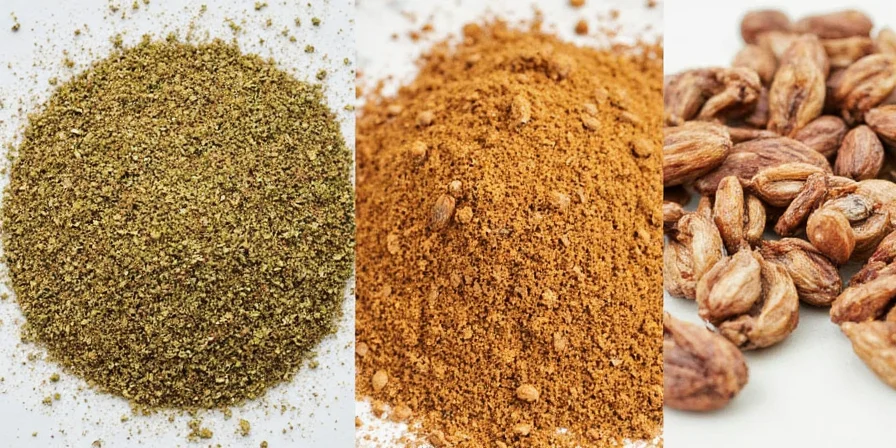
5. Store It Smartly
To keep your dried coriander potent and fragrant:
- Store whole seeds in airtight containers away from light and heat.
- Label your jars with purchase date — remember, ground coriander loses potency faster than whole seeds.
- For long-term storage, freeze whole seeds in vacuum-sealed bags.
Beyond the Basics: Deep Dive into Dried Coriander
Where Does It Come From?
Coriander has ancient roots. It was found in Egyptian tombs and mentioned in Sanskrit texts thousands of years ago. Today, major producers include India, Morocco, Russia, and parts of Eastern Europe.
Health Benefits: More Than Just Flavor
Dried coriander isn’t just tasty — it also comes with potential health perks:
- Antioxidant-Rich: Helps fight oxidative stress.
- Anti-inflammatory: May support joint and digestive health.
- Cholesterol Management: Some studies suggest coriander may help lower LDL cholesterol.
Of course, moderation is key — don’t start eating spoonfuls!
Varieties & Terroir: Does Origin Matter?
You might not realize it, but coriander seeds can vary slightly depending on where they’re grown:
- Indian Coriander: Often larger, more aromatic, with bold citrus notes.
- Russian or Bulgarian Coriander: Slightly milder, sweeter profile.
- Moroccan Coriander: Nutty and floral, great for spice rubs.
While differences are subtle, adventurous cooks can try sourcing different varieties to compare nuances.
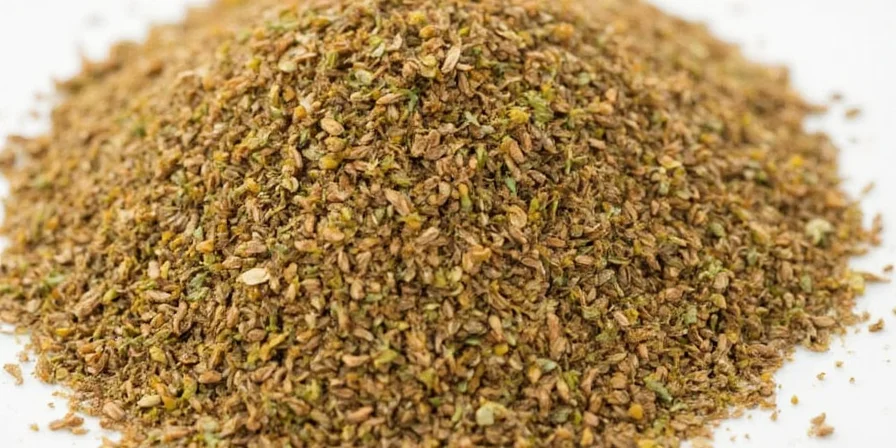
Conclusion: Dried Coriander Deserves Your Love
Dried coriander may seem like a humble pantry item, but its versatility, flavor complexity, and history make it a spice worth celebrating. Whether you're toasting it for curry, grinding it into a homemade spice blend, or sneaking it into a cookie recipe, coriander adds layers of warmth and depth that few other spices can match.
So next time you reach for the cumin or chili powder, give dried coriander a turn in the spotlight. It might just become your new secret weapon in the kitchen — quietly powerful, always surprising, and deeply satisfying.
Happy spicing, friends!
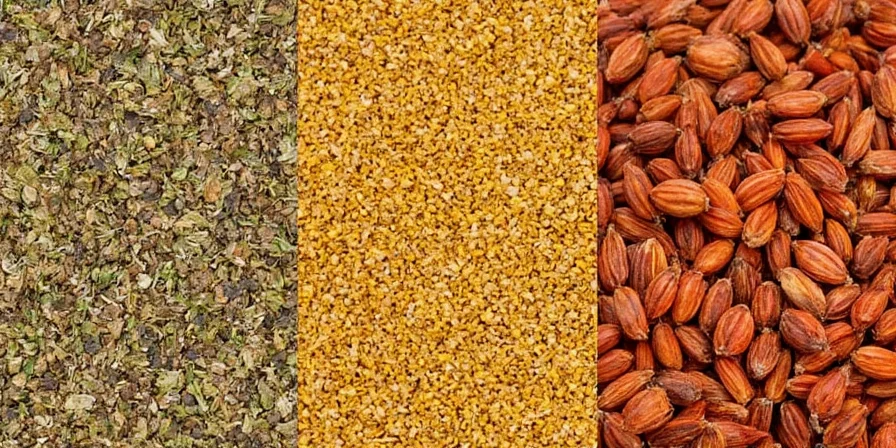

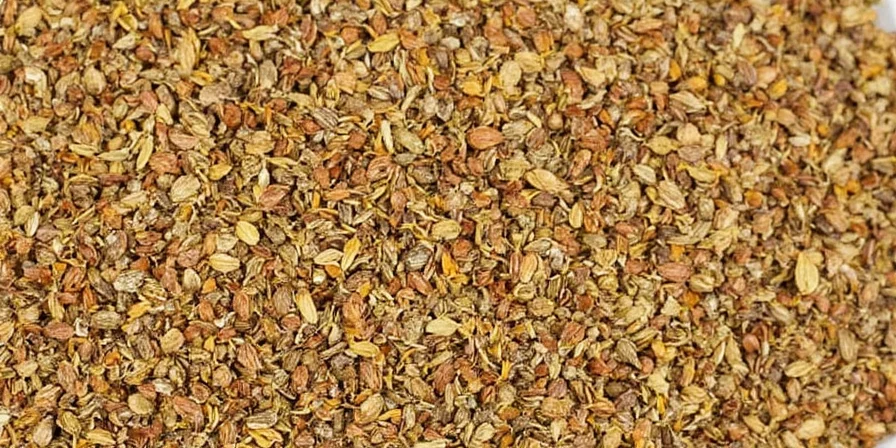









 浙公网安备
33010002000092号
浙公网安备
33010002000092号 浙B2-20120091-4
浙B2-20120091-4